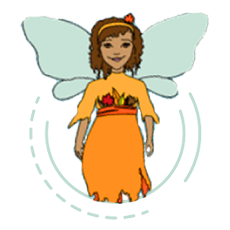Top 5 Necessary Steps for Kindergarten- 3rd Grade Reading Comprehension
I’ve been there! It may seem like an eternity of frustration, taking steps forwards and back, but eventually our children become readers. Unfortunately, not enough emphasis is placed on understanding what is read while learning to read.
According to the latest research, the US is lagging behind in reading comprehension. Children need an equal amount of focus on reading comprehension while learning to read to develop beginning and continued meaningful connections between text and background knowledge.
What Works Clearinghouse, arguably the most respected source for peer-reviewed educational research, recently came out with a new guide suggesting 5 specific reading comprehension strategies based on the latest reading comprehension research in Kindergarten – Third grade. As parents, educators, and interested policymakers we ensure our children are prepared to read but do we exert the same efforts to help them make sense of it?
Strategies for Improving Reading Comprehension
1. Establish a motivational, engaging, and high-interest context to teach reading comprehension skills.
Allow children to pick high-interest books at their independent reading level
2. Help children understand story or text structure.
Have children retell stories including specific details after reading identifying uniform details of narrative texts.
Have children identify story components within narrative texts such as character, setting, goal/problem, plot, details, resolution, moral/ending
3. Guide children through meaningful text discussions, regardless of simplicity, to help them make meaningful connections between text and their own experiences.
Paired/guided reader books, as well as pictures tied to text, are important to use for beginning readers.
Help children grapple with a character’s problem(s) or extrapolate meaningful understanding of virtues they might carry
4. Text should be at a child’s reading level and support their reading comprehension skills.
5. Teach children to use reading comprehension strategies.
Have children:
- Preview and predict
- Question
- Visualize
- Stop, re-read
- Draw inferences
- Re-tell
While our children may know how to read, have we taught them to use the above to understand?
Please share your own reading comprehension strategies aligned with the best practices offered here.













